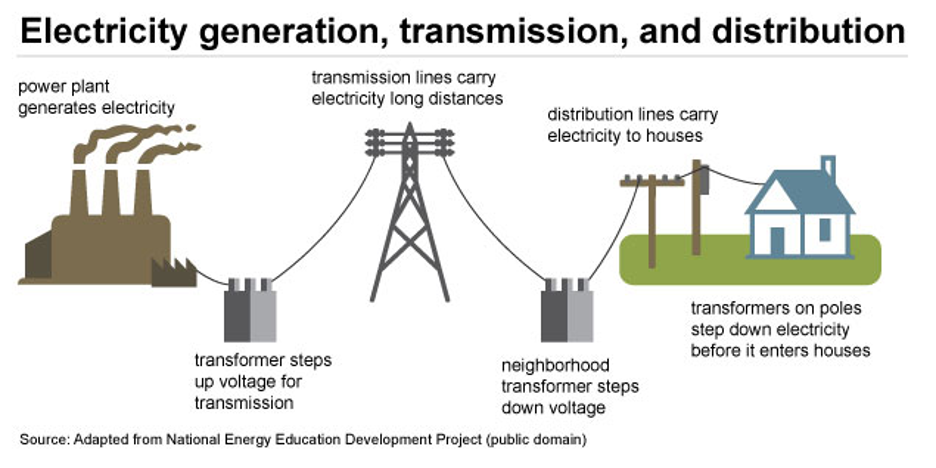Transmission lines are large wires that move electricity from where it’s created to where it’s used, often over long distances. Like our roads and bridges, transmission infrastructure is vital to our modern way of life — but the lines we have today are either too old or too small to deliver all the energy we need, and sometimes they don’t exist at all in the places we need them most.
To power a prosperous 21st century economy, the US will need to build 91,000 miles of new transmission lines within the next 13 years.
In regions with a Regional Transmission Organization or Independent System Operator (RTO/ISO), that independent entity plays a key role in planning regional transmission; elsewhere, other regional entities hold responsibility for regional coordination on transmission planning. A new regulation by the Federal Energy Regulatory Commission (FERC), Order No. 1920, requires improvements to regional planning. States have a key role to play as stakeholders in those regional discussions, including compliance and implementation of Order No. 1920. In addition, there are many steps states can take on their own to improve transmission outcomes.
